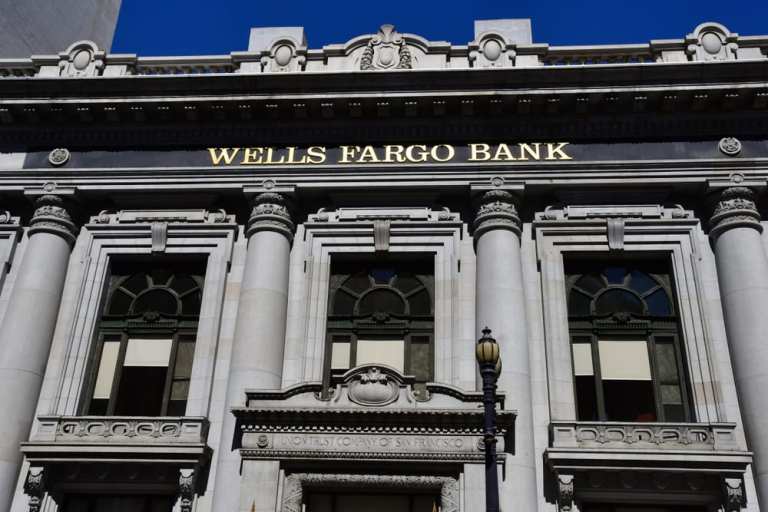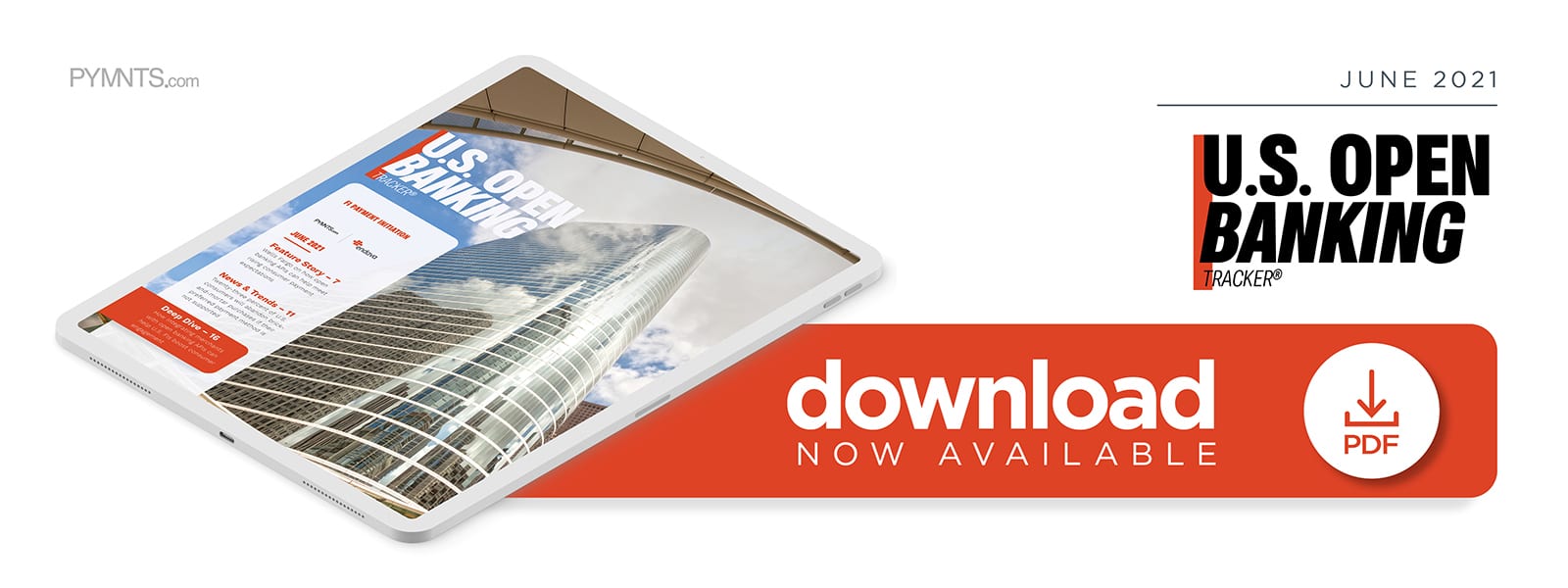Wells Fargo On How Open Banking APIs Can Help Meet Rising Consumer Payment Expectations

Consumers are now more loyal to payment methods than to merchants — meaning retailers can no longer afford to guess which payment types matter to customers. In the latest U.S. Open Banking Tracker, Imran Haider, head of open banking at Wells Fargo, explains how open banking solutions and APIs can help merchants access customer payment data to deliver the personalized experiences they demand.
Supporting customers’ preferences is part and parcel of running a successful business. Doing so in a way that is swift and seamless for end customers is becoming critical as a wider range of typical shopping and payment experiences
move online.
The rising popularity of online payments means that convenient and quick payments are a must for merchants, pressuring their banks to help them offer such experiences, according to Imran Haider, head of open banking at Wells Fargo. This further spotlights the importance of open banking technologies such as APIs, which are essential to offering the instant payment experiences customers are now expecting, he said in a recent interview with PYMNTS.
“The expectation in the market is customers, be [they] consumers or commercial customers, they want real-time payments,” Haider said. “[It is] the world in 2021, if you can place an order from a retailer and have that product shipped and brought to your door on the same day, then you absolutely should be able to send a payment [in] real time, … and to actually enable real-time payments, [your technology] has to be API-based, because APIs are your sort of real-time interface between systems.”
This makes examining the roles of open banking and APIs essential to both merchants and their FIs when enabling the comprehensive customer experiences now necessary for businesses to thrive.
Keeping up with shifting digital payment preferences
Maintaining consumer loyalty has never been an easy task for businesses, especially as shifts to eCommerce stripped away opportunities for face-to-face interactions between brand associates and customers that can foster greater senses of personalization. Constructing that personalization online requires that merchants have access to the right data and the ability to respond flexibly to buyers’ current desires, such as their demands for instant payments. APIs can help share the customer data merchants need to support these experiences, and they are not as new to the eCommerce world as some may think, Haider explained.
“eCommerce is one of the few areas where the market already uses APIs to offer up embedded finance,” he said. “If you think about embedded finance and all the discussion in the market today, there are lots of potential use cases, and there are lots of exciting options and opportunities, but eCommerce is actually a real use case that has been out there in the market for many years. Imagine if you did not have embedded banking in eCommerce. You would load up your carts with different products and then you would go to the checkout and instead of being able to check out [inside] your experience, you would have to go over to your bank’s website and log in, enter [your] information, send a payment and then come back to your eCommerce flow, which [means] obviously we would have nowhere near the traction we have in eCommerce if that was the structure.”
Meeting consumers’ rising expectations for real-time payments means banks must work with their client merchants to expand this preexisting use. This puts a greater emphasis on businesses’ banking relationships, as they must hunt for FIs that can offer such capabilities. Most merchants do not want or do not know how to build out the frontend
solutions on these APIs that will face the consumer and allow for more seamless paying, according to Haider. Wells Fargo thus developed a software development kit or widget that merchants can connect to their APIs, allowing them to remove friction points from their payment experiences. This would assist customers in signing up for lines of
credit with more ease, he explained, using the experience of buying an engagement ring at a jewelry store as an example.
“You literally would go to the corner of the store … [and] you would basically type in your information and apply for a credit line, get the credit line,” he said, “and then the sales agent would enter the information and a new line at that point would be opened, and you could walk out of the store with the ring, which is a pretty cumbersome experience. In 2021, the consumer pulls out their phone and they expect to be able to open a line on their phone very quickly and seamlessly. So, in this market, we offer APIs to these companies for their eCommerce flows and really for their store flows as well.”
Such experiences are quickly becoming the norm in the U.S. as more consumers begin to rely on digital channels and devices both at brick-and-mortar stores and when online shopping. Fostering close relationships with merchants is therefore essential for banks as such trends evolve, and players in the financial industry must also meet several
other challenges if open banking experiences of this type are to continue growing.
The open banking standardization challenge
U.S. FIs and FinTechs are working closer together to foster the connectivity merchants need to satisfy customers. The next major step in open banking’s continued growth is developing API standards that can make these connections more scalable, Haider said.
“The major challenge I would say is you need standards,” he said. “Here in the U.S., you have got thousands of different FIs and then you have got thousands of different partners and companies that want to leverage and potentially use financial services products for joint customers. So if you do not have standards, it becomes sort of a Wild West where each merchant has to integrate in a different way with each bank, and that is just not something that is scalable. To really make these use cases viable and scale up, you do need standards.”
Drafting these standards and providing a way for open banking connectivity to continue to scale should be one of the main focuses for FIs in the coming years. It is clear that both merchants and consumers are asking for the more personalized interactions and swifter payments that open banking can provide, and U.S. banks must prepare to meet these expectations.
